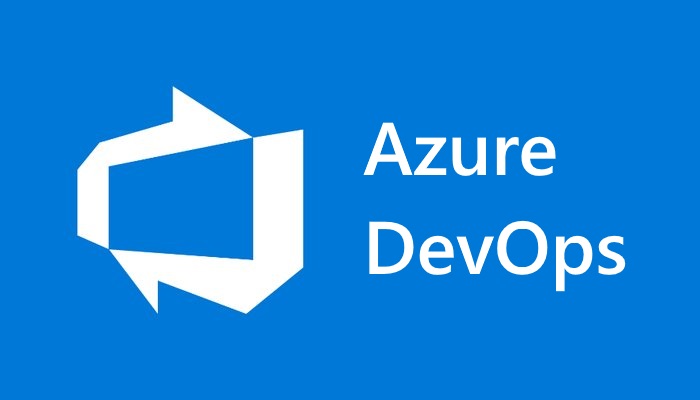Categories
Tags
asp.net azure azuredevops benchmarkdotnet c# cicd codecoverage copilot devops dotnet entityframework f# fluentvalidation flux fzf git github gitops go hugo identityserver infosec javascript js linqpad markdown ndc neovim nerdfont oh-my-posh powershell PowerShell pwsh ripgrep sonarlint starship terminal Testing verify vim visualstudio winget
230 words
1 minutes
Code coverage in Azure DevOps
References:
Daniel Palme’s ReportGenerator: https://github.com/danielpalme/ReportGenerator
Running the tests and collecting the code coverage
- task: DotNetCoreCLI@2
displayName: 'Dotnet test'
inputs:
command: 'test'
projects: '**/*Tests.csproj'
arguments: '--configuration $(buildConfiguration) --filter "Traits!=Local&Traits!=Interactive" --collect:"XPlat Code Coverage"'
publishTestResults: trueGetting code coverage using scripts
I’ve been using this way to do code coverage in Azure DevOps by using the dotnet CLI to install the ReportGenerator:
# Publish code coverage
- task: DotNetCoreCLI@2
inputs:
command: custom
custom: tool
arguments: install --tool-path . dotnet-reportgenerator-globaltool
displayName: Install ReportGenerator tool
- script: 'reportgenerator -reports:$(Agent.TempDirectory)/**/coverage.cobertura.xml -targetdir:".coverlet" -reporttypes:"HtmlInline_AzurePipelines_Dark;Cobertura;lcov" -filefilters:"" -classfilters:"" -assemblyfilters:"-*.Tests"'
displayName: 'Run code coverage ReportGenerator'
- task: PublishCodeCoverageResults@1
displayName: 'Publish code coverage report'
inputs:
codeCoverageTool: Cobertura
summaryFileLocation: '.coverlet/Cobertura.xml'
reportDirectory: '.coverlet'Using the ReportGenerator Azure DevOps extension
Another option is to install the Azure DevOps extension (https://marketplace.visualstudio.com/items?itemName=Palmmedia.reportgenerator)
# Publish code coverage
- task: reportgenerator@5
displayName: Run code coverage report generator
inputs:
reports: '$(Agent.TempDirectory)/**/coverage.cobertura.xml'
targetdir: '.coverlet'
reporttypes: 'HtmlInline_AzurePipelines_Dark;Cobertura;lcov'
filefilters: ''
assemblyfilters: '-*.Tests'
classfilters: ''
- task: PublishCodeCoverageResults@1
displayName: Publish code coverage report
inputs:
codeCoverageTool: Cobertura
summaryFileLocation: '.coverlet/Cobertura.xml'
reportDirectory: '.coverlet'The trick to get dark mode to work
This is all well and good, but I never liked the light mode on the code coverage report as the contrast is painful on a poor developers eyes. But there is a way to get it published in dark mode. The last time I tried this I overlooked the need for the disable.coverage.autogenerate variable, which was required to get the HtmlInline_AzurePipelines_Dark theme to work:
variables:
disable.coverage.autogenerate: 'true'Code coverage in Azure DevOps
https://cognitiveoverload.blog/posts/azure-devops/az-devops-dark-code-coverage/
